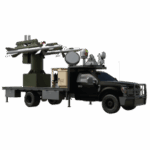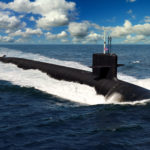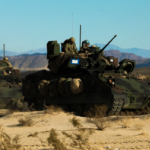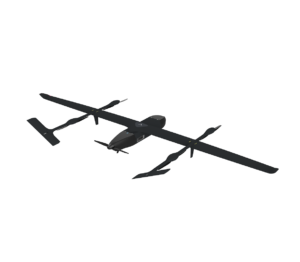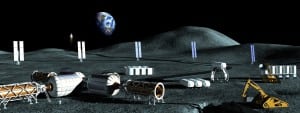
NASA is gearing up to request industry proposals for using robotic landers to place small payloads on the moon, an agency official said Sept. 7.“We’re preparing for the solicitation as we speak,” said Jason Crusan, director of NASA’s Advanced Exploration Systems Division, who testified at a lunar-exploration hearing before the House Science, Space and Technology Committee’s space panel.The request for proposals (RFP), whose release date has not been announced, will build on a request for information (RFI) the agency issued…

 By
By 